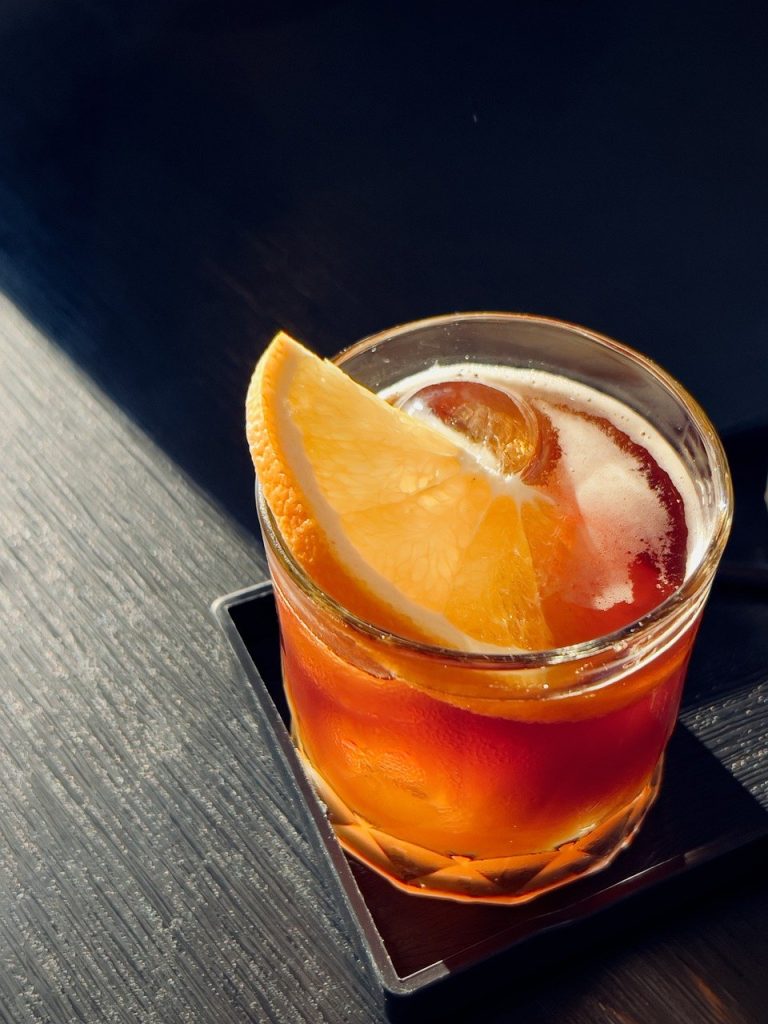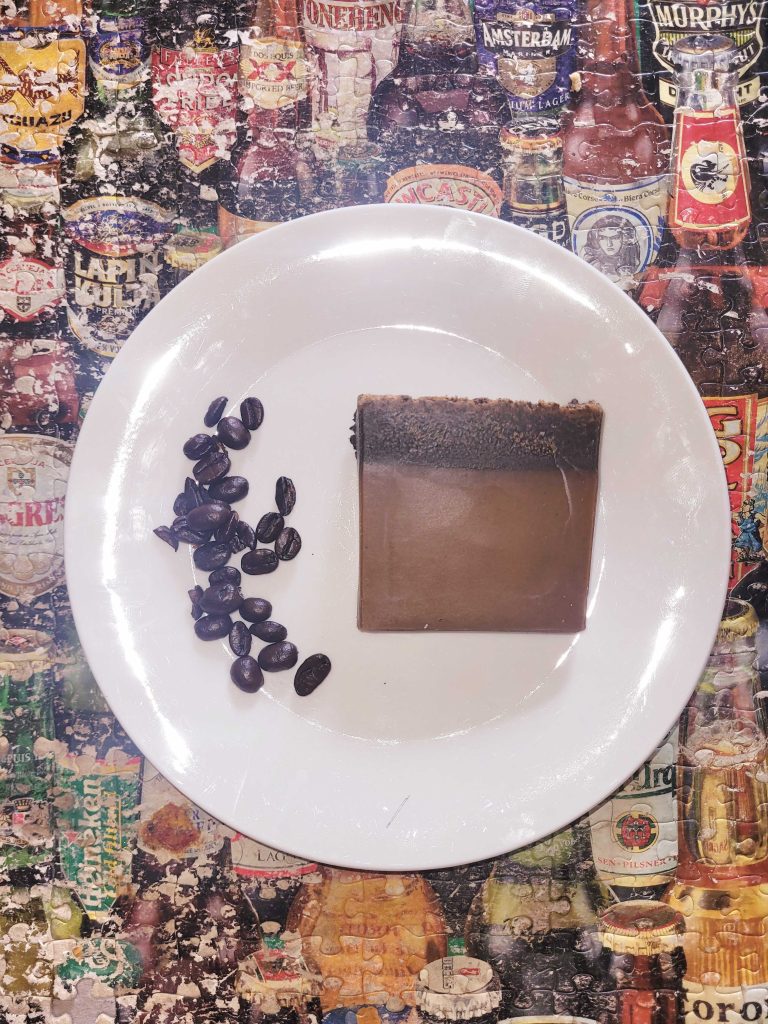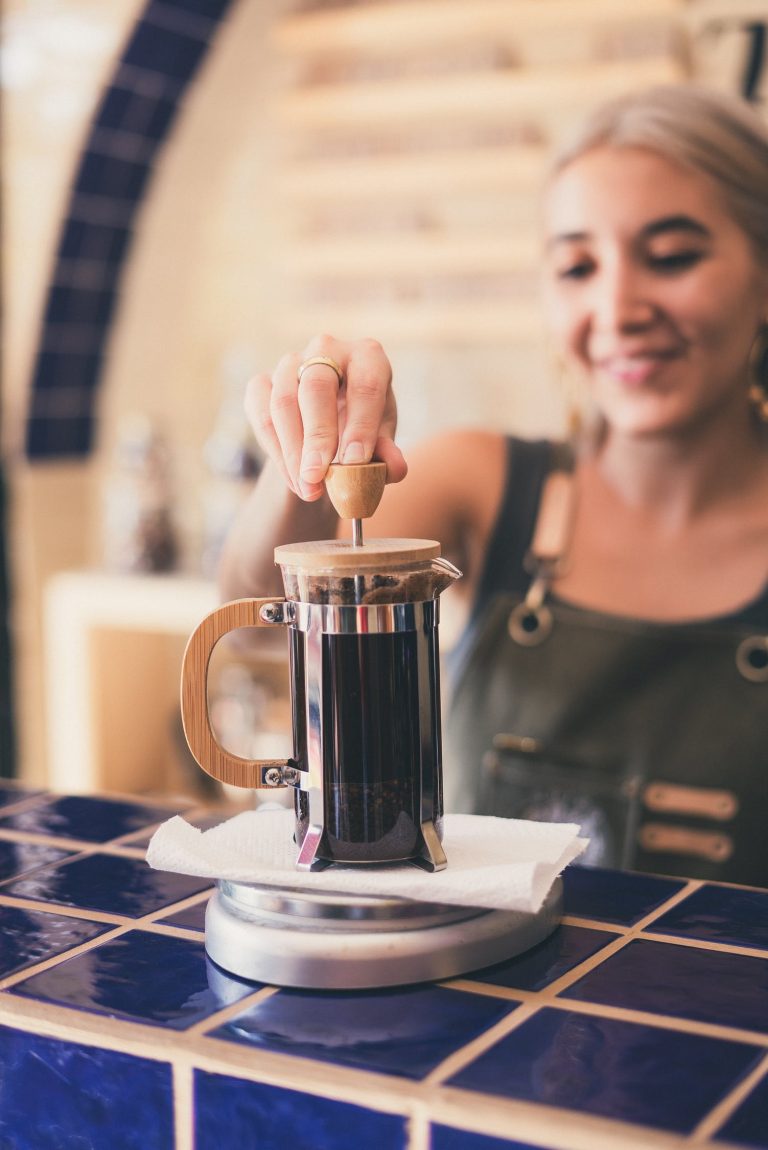Cold brew coffee is a beverage brewed slowly and at room or refrigerated temperatures. The coffee grounds are submerged in water like french press coffee.
The defining characteristic of cold brew is, unsurprisingly, its temperature. Unlike traditional hot brewing methods, cold brew extracts flavors at a lower temperature over an extended period. The sweet spot for cold brewing typically ranges between 12-24 hours in the refrigerator.

Taste
Cold brew coffee is generally less acidic and aromatic than hot brewed coffee. Cold-brew coffee tends to taste sweeter with less bitter notes. The cold brewing method highlighted the chocolate flavours found in medium and dark roasts.
Acidity
Acidity in coffee is a double-edged sword. While it adds brightness and complexity to the flavor profile, too much acidity can be overwhelming. Cold brew, with its prolonged extraction time and lower temperature, tends to produce a coffee with reduced acidity.
For those seeking a milder, more approachable coffee experience, cold brew is an excellent choice. Experiment with different coffee beans to find the right balance of acidity that suits your palate.
Oils and Fats
Oils and fats play a crucial role in coffee, contributing to its mouthfeel and overall richness. In cold brew, the extraction process is designed to preserve these elements, resulting in a beverage that feels creamy and full-bodied.
To enhance the presence of oils and fats in your cold brew, opt for medium to dark-roast coffee beans. These roasts contain more oils, which are soluble in cold water, giving your brew a luxurious texture.
Cold Brew water Ratio
Achieving the ideal balance of temperature, acidity, and oils/fats requires a thoughtful coffee-to-water ratio. While personal preferences vary, a common starting point is a 1:4 ratio of coffee grounds to water. This can be adjusted based on your taste preferences, with some experimenting required to find your perfect balance.
To begin, coarsely grind your coffee beans to maximize flavor extraction. Combine the grounds and cold water in a jar, ensuring the coffee is fully saturated. Stir gently and let the magic happen in your refrigerator.
Straining and Serving
Once the brewing process is complete, it’s time to separate the grounds from the liquid. A fine mesh sieve or a purpose-built cold brew coffee maker can be used for this purpose. The resulting concentrate can be diluted with water, milk, or your favorite non-dairy alternative, depending on your taste preferences.
Serve your cold brew over ice and garnish with a slice of orange or a sprig of mint for a refreshing twist. Experiment with different garnishes to elevate your cold brew experience.

Conclusion
Cold brew coffee is more than a trend; it’s a testament to the nuanced art of coffee brewing. By mastering the interplay of temperature, acidity, oils, and fats, you can unlock a world of flavors and textures in every sip. So, grab your favorite coffee beans, a jar, and embark on a journey to create the perfect cold brew – a symphony of taste that transcends the ordinary.




